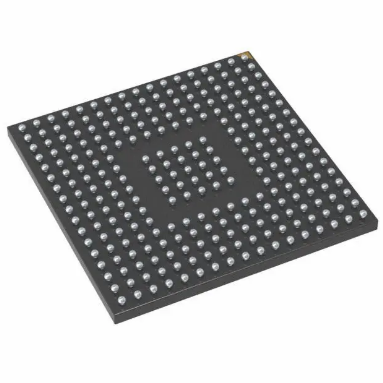An Integrated Circuit (IC) functions by integrating various electronic components onto a semiconductor material, typically silicon. These components, such as transistors, resistors, and capacitors, are interconnected through a complex network of microscopic pathways etched onto the chip's surface. These pathways allow electrical signals to flow between the components, enabling the IC to perform specific functions, such as processing data, amplifying signals, or storing information.
Advantages of Using ICs
Integrated Circuits (ICs) offer several significant advantages:
Size Reduction: ICs greatly reduce the size of electronic circuits compared to using discrete components. This miniaturization allows for the development of more compact and portable electronic devices.
Reliability: ICs are more reliable since they are less prone to issues like loose connections or faulty wiring, which are common with discrete components.
Energy Efficiency: ICs consume less power and generate less heat, making them more energy-efficient and suitable for a wide range of applications, including battery-operated devices.
Cost Efficiency: ICs can be mass-produced at a lower cost, reducing the overall cost of electronic devices. This affordability makes advanced technology more accessible to consumers.
By integrating multiple functions into a single chip, ICs revolutionize electronic design, enabling more sophisticated and compact devices.

